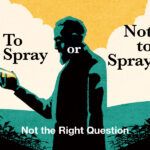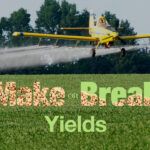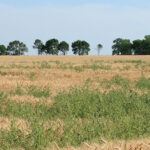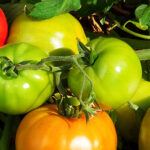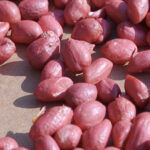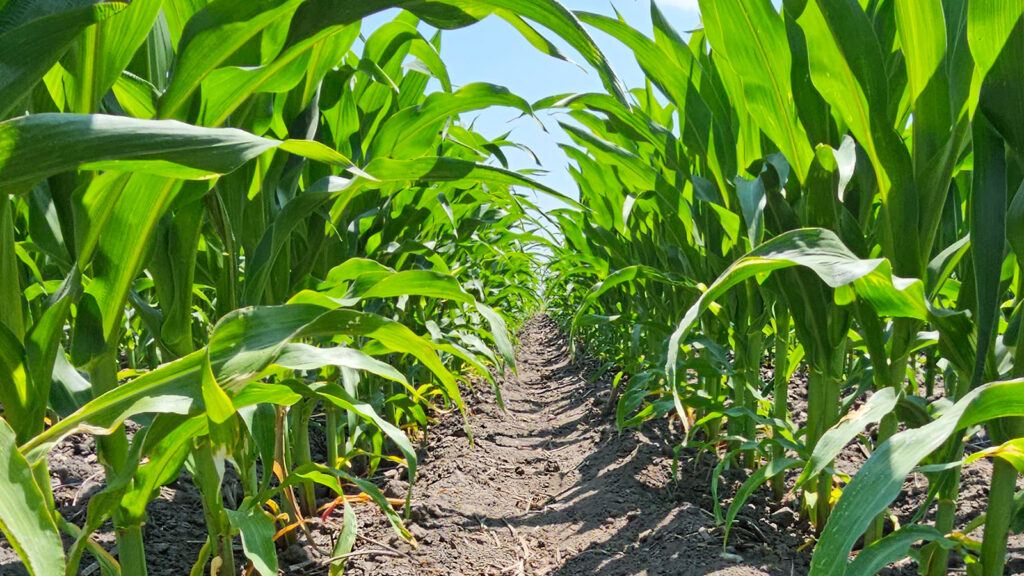To Spray or Not to Spray? Not the Right Question
Agronomists recommend protecting fields with plant-health fungicides no matter what the weather has in store.

To spray or not to spray? It’s the age-old question all growers face: is spraying a fungicide worth it? Local weather conditions and disease pressure factor into the yearly debate of whether or not to spray. But the question shouldn’t be if it’s worth spraying a fungicide, but if you can afford not to.

In the last five years, 2020 was the driest summer and 2021 was the wettest. In both scenarios, Syngenta Cleaner & Greener fungicides showed excellent performance and improved corn yields over untreated acres. In the dry conditions of 2020, Miravis® Neo and Trivapro® fungicides delivered an average 14.1 bu/A yield increase over untreated; and in the wet, tar spot-heavy conditions of 2021, they delivered an average 17.2 bu/A increase over untreated1. The data also shows a 6.8 to 7.8 bu/A yield advantage in soybeans treated with Miravis Neo or Miravis Top compared to untreated acres2.

By choosing a fungicide with both exceptional disease control and proven plant-health benefits, you can expect stronger, healthier plants – even under drought conditions. Why? It all comes down to three pillars: light absorption, water conservation and harvest efficiency. Syngenta technical product lead Tyler Harp explains how these add up to healthier plants and higher yield potential.
- Light Absorption: Leaves that are greener can capture more light energy from the sun and focus more energy to money-making yield.
- Water conservation: Better water conservation with plant-health fungicides means a lower transpiration rate in the leaves, minimized water vapor loss in the crop, better moisture retention and a more efficient use of water, which is key in a drought.
- Harvest Efficiency: With fungicides that control disease and help preserve crop strength, there is less lodging and shattering at harvest. “This allows growers to conduct their harvest more quickly, saving time, fuel and ultimately money.
Together, improved water conservation, light absorption and harvest efficiency promote a healthier crop with maximized grain fill and yield potential.
Want to learn more about how Cleaner & Greener fungicides work? Watch as Harp and Syngenta product lead Logan Romines explain the bushel-boosting science behind the Syngenta fungicide portfolio.
Interested in how Cleaner & Greener fungicides can help preserve your yield potential? Visit BoostYourBushels.com to explore trials and calculate your ROI.
1 Syngenta on-farm, large strip trials. 2020 trial locations: IA (2), IL (33), IN (6), NE (6), OH (13), WI (11) and SD (26). 2021 trial locations: IL (35), IN (9), WI (7) and SD (13).
2 Syngenta on-farm, large strip trials. 2020 trial locations: IA (5), IL (29), IN (6), OH (10), WI (17) and SD (15). 2021 trial locations: IL (25), IN (1), WI (3) and SD (2).
- Plant-health fungicides can provide a significant yield advantage for corn, soybeans and wheat in both wet and dry conditions.
- Improved water conservation, light absorption and harvest efficiency ensure a healthier and more productive crop.
- We recommend the Syngenta Cleaner & Greener portfolio of fungicides including Miravis® Neo, Miravis Top, Miravis Ace and Trivapro®.







